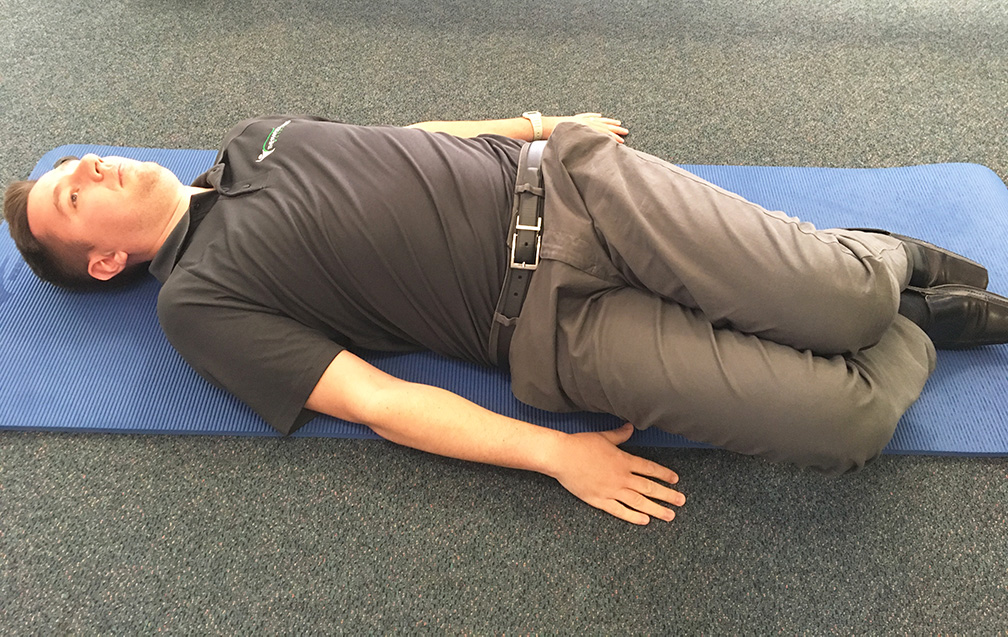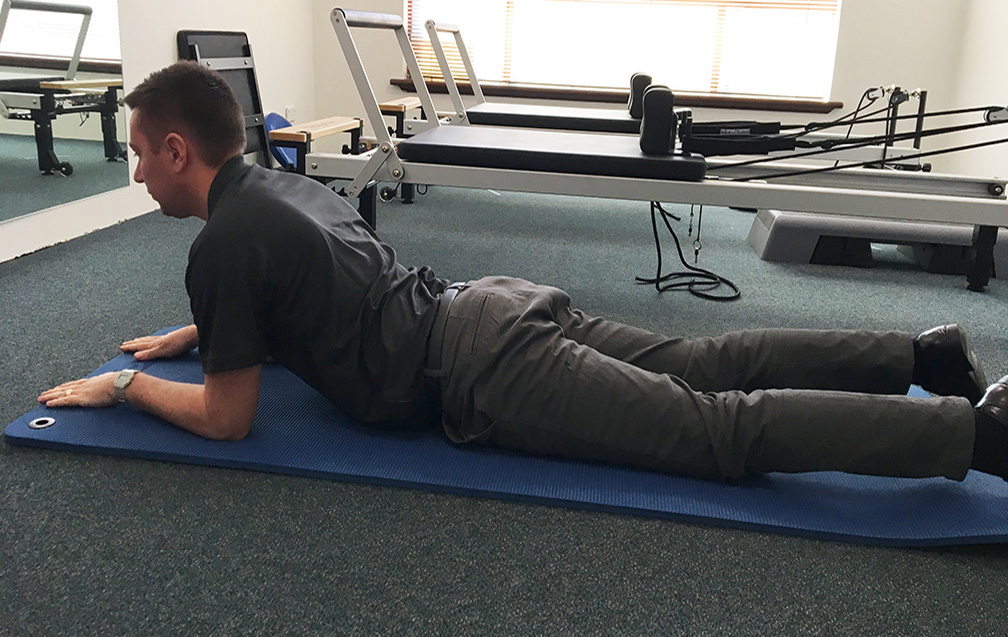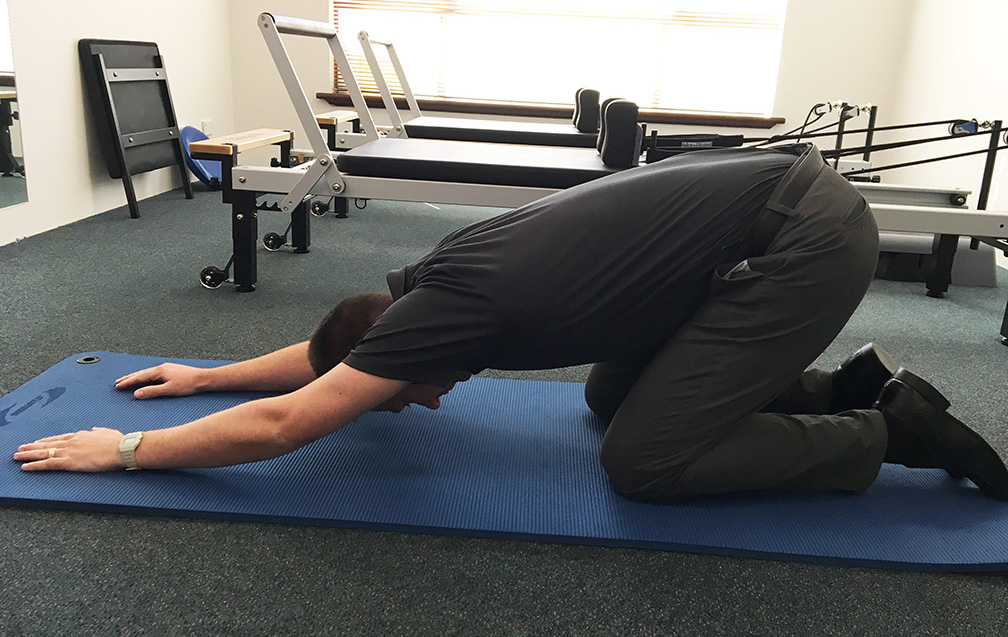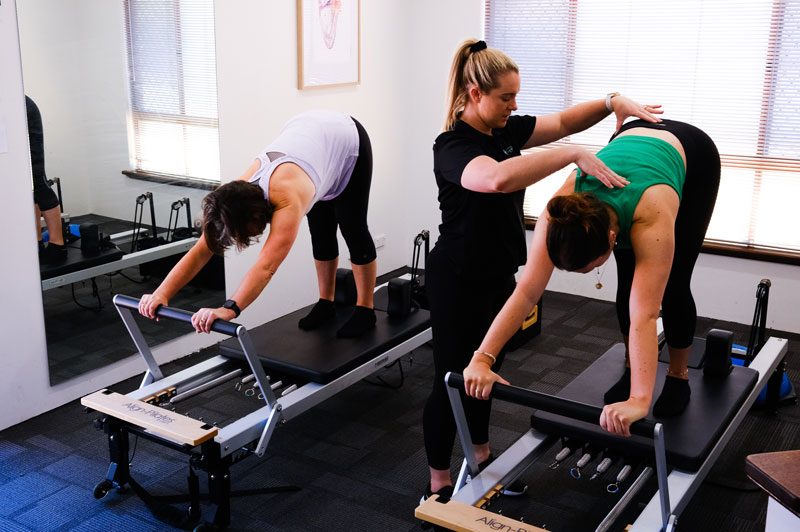1. Complete Rest
Although low back pain can be very debilitating, complete rest is unlikely to help the situation in the long term. Historically, people have been advised to rest in bed but as our knowledge is growing and new research comes to the fore it is becoming more evident that regular movement is more likely to help in the short term and long term management of low back pain.
Physio Tip:
Try these 3 simple exercises at home. It’s ok to experience some discomfort but pain should return to your baseline level on completion of the exercises. It may be the case that only one of these exercises is tolerable to begin with so pick the one that suits you best and if you can manage all 3 that’s great!
Knee Rolls


Cobra Stretch

Child’s Pose

2. Going for a Scan
Scan play a huge and important role in helping health professionals make a diagnosis in many cases. But in low back pain, scans are often requested when not necessary and can actually lead to more harm. This often happens when a person reads the scan report and interprets findings as being damage to the spine when these changes ay have already existed before the episode of pain began. Check out the graphic below that shows the number of findings on MRI and CT scans in healthy people (Brinjikji et al 2015). That’s a lot of people with scan findings that don’t actually have pain!

Physio Tip:
If you feel that you need help in deciding whether or not to have a scan for your back pain make an appointment with your GP or Physio. They will be able to do a thorough examination and look for key indicators that would imply whether a scan is the most appropriate course of action.
3. Worrying about the Damage you Have Caused to you Back
Worrying about your back pain is perfectly natural and a very common thing that we see in clinic. Unfortunately, a lot of this worry comes from things that we have been told in the past about how spines can be weak and easily damaged- the term “slipped disc” springs to mind. In truth, the spine is actually very strong, and discs simply don’t slip out of place and neither do spinal segments. Often if you have been treated for back pain you may have experienced a manipulation or adjustment that re-enforces the belief that a structure needed putting back in place. In fact, that click and pop that you hear is simply gas being released from the joints in the back and has nothing to do with re-aligning your spine. It can however, have a short-term effect of pain relief.
Physio Tip:
If you are unsure about what you have done to your back get an assessment by a qualified health professional and question their findings. Ask them how they came to those conclusions and if there is any evidence to support what they are saying. Reading articles and watching educational videos such as this and this will give you a contemporary understanding on what is happening to your back when you experience pain.
4. Focusing Excessively on Biomechanics (the Way you Sit, Move, Lift)
Historically, we have placed a large emphasis on how we move with regards to low back pain. Everything from sitting up straight in your chair to not bending your back when lifting has been incorporated into our daily lives. Unfortunately, many of these recommendations are now out of date but it can take a long time for current research findings to reach the public domain. We now know that sitting posture isn’t predictive of low back pain- so if you’re comfortable slouching then slouch away!
Physio Tip:
Try to explore movements that feel good in the here and now. Even though you might think bending is harmful try it out and see what happens. If you have lots of pain, then try a different movement such as leaning backwards. But if it feels good, try bending forwards regularly or refer back to the child’s pose stretch at the top of this post.
5. Not being Aware of Other Factors that Influence Pain
This links well with point 4. Often people are so focussed on the way they move that they overlook other factors that can contribute to pain. Lack of sleep, low mood, stress, anxiety and depression can also cause chemical changes in the body which can facilitate a pain experience.
Physio Tip:
Think outside the box when it comes to your low back pain. Have you had a terrible day at work? Are the kids driving you crazy? Have you been suffering with depression and noticed increasing changes in mood? Some of these factors will need to be addressed by seeing your local GP and psychologist but exercise is also a great way to reduce stress and boost mood.
So, I hope that you have found this resource useful and that it has given you some ideas on how to go about managing your low back pain. Over the coming weeks we will be expanding further on each of the 5 points above, providing a more detailed analysis and further advice on management that can help you with your low back pain.
Of course, the advice above does not replace a medical assessment and is for informative purposes only. If you have any concerns about your low back pain, please seek medical attention from your GP or local Physio.

